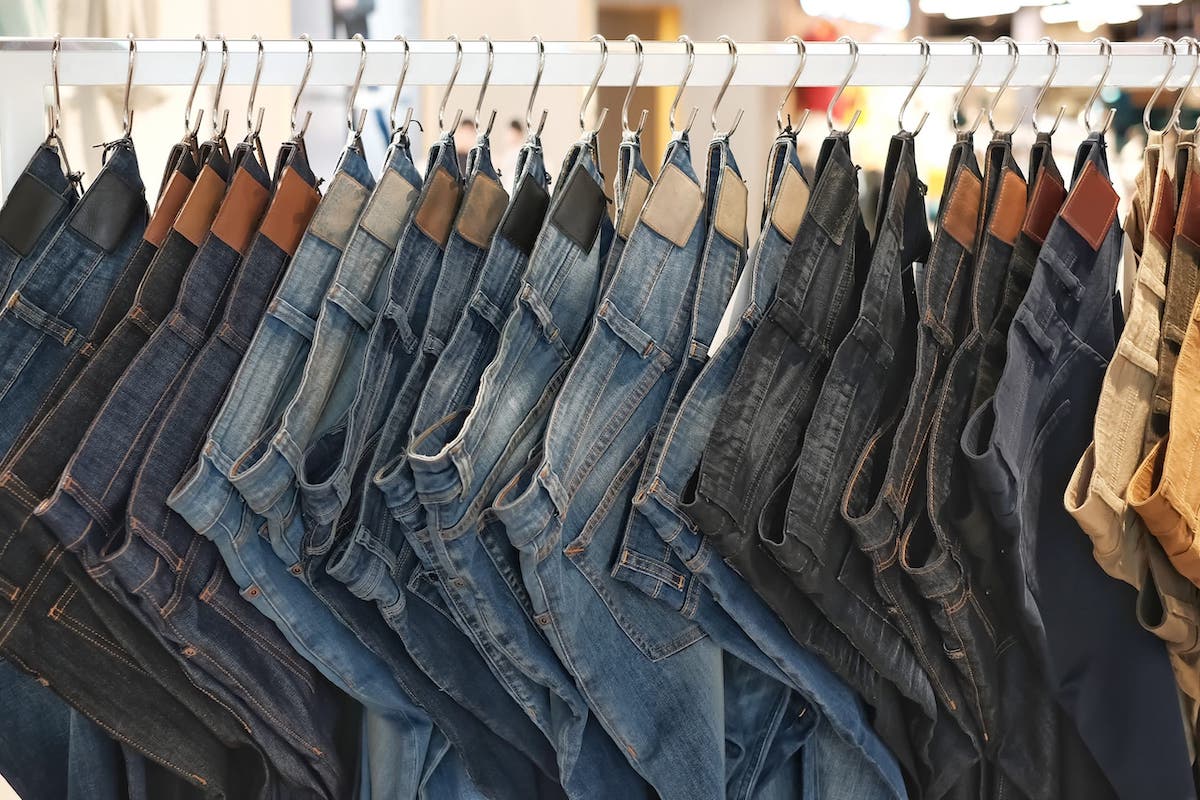Definition Of Garments Dyeing Process
Garment dyeing requires dyeing the clothes after cutting and sewing. Normally, the fabric is woven and dyed by rollers, but if you make a shirt or suit first, and then use dyes, this will soften the color and texture and give the new work a vintage, crumpled elegance. At first garments coloring technology applied on woolen and silk garments however currently it’s applied on polyester, acrylic, nylon and additionally extensively on cotton garments. Its quality is increasing everywhere the world. There are several benefits of clothes dyeing that are the explanations of its popularity increase.
Advantages Of Garments Dyeing
The process of colouring absolutely created attire product like t-shirts , pants , trousers , shirts , jackets, tops, pullovers , dresses and bottoms is termed clothes dyeing. In typical methodology , clothes are made with pre-dyed materials and so cutting and sewing. however currently gray fabrics are coloured in needed color once manufacturing. it’s become common in recent days thanks to value saving and fashion trends. conjointly it’s capable to react a lot of nearer to actual market demand if the apparel is post dyed that reduces time interval and will increase prediction accuracy.
- Lower cost needed
- Less time needed
- Less shade variations occurs
- Flexible lot size
- Old garments can be redyed
- Lower initial investment
- Lower liquor ratio
- Desizing , Scouring , Bleaching can be done in same machine
- Capable to react with fast changing market trends
- Fancy effects can be obtained
- Lower inventory
- Comparatively lower rejection rate

